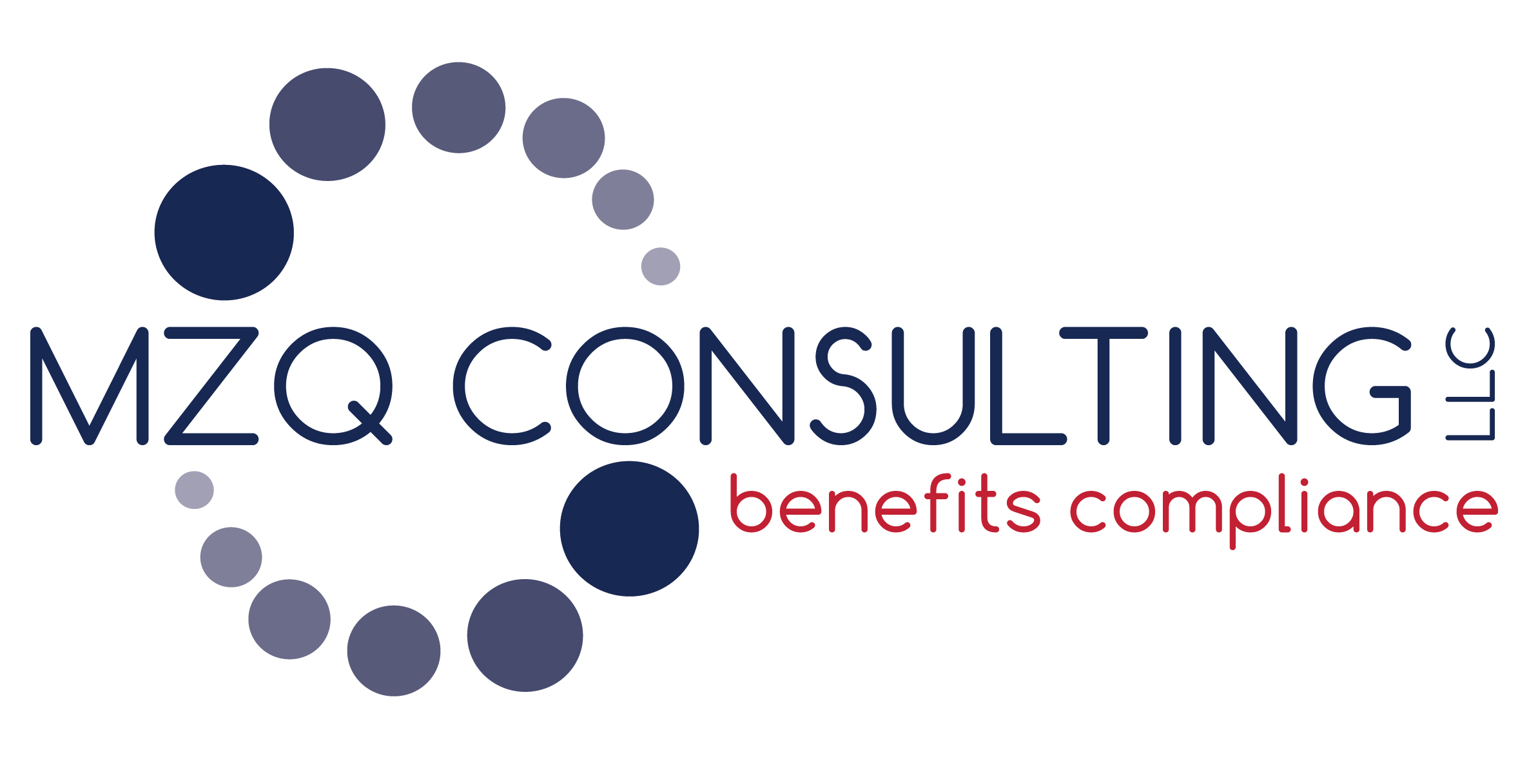Federal Trade Commission Weighs in On Non-Competes
 Prefer to listen instead of read? No problem! Listen to the blog post at any time by clicking here.
Prefer to listen instead of read? No problem! Listen to the blog post at any time by clicking here.
On Tuesday, April 23rd, the Federal Trade Commission (FTC) voted 3-2 to ban non-compete agreements. The rule was first proposed in January 2023, and the hope was that this change would increase worker’s earnings by almost $300 billion each year.
There were thousands of public comments sent in with many favoring the proposal. Interestingly enough, a large portion of those comments came from health care workers.
The FTC estimates that upwards of 30 million workers are subject to non-compete agreements. It is their contention that these agreements prevent employees from working for competitors or starting a competing business after they leave a job. That, according to the agency, is unfair and restricts competition. This is viewed as a violation of Section 5 of the FTC Act.
The final rule would ban new non-compete agreements for all workers and require employers to let current and past employees know they will not enforce them. Employers will also have to discard any existing non-compete agreements for most employees. One change in the final rule allows agreements to remain in effect for senior executives, which the rule defines as someone earning more than $151,164 annually in a policy-making position.
The agency believes that banning non-competes will allow for:
- Reduced healthcare costs;
- Increases in new business formations; and
- Higher wages for workers.
The effective date of the new rule will be 120 days after it is published in the Federal Register. As with many controversial rules and regulations, opponents such as pro-business groups have already indicated they will be taking legal action to block the implementation of the new rule.
Business groups favor non-compete agreements, arguing that they are critical for protecting proprietary information and intellectual property. The new rule does nothing to alter current methods that protect that information, including nondisclosure and confidentiality agreements. Business groups also firmly question the FTC’s authority to even issue the ban, both retroactively and going forward. The dissenting commissioners on the FTC said they do not support non-compete agreements but contend that their agency does not have the authority to issue the rule without a Congressional directive. Congress has not given the agency explicit authority to ban non-compete agreements. Though there have been bills introduced in the past, none have passed into law.
The U.S. Chamber of Commerce, the largest pro-business lobbying group in the country, has stated that it plans to sue to block the rule. It appears there will likely be a protracted court battle on this issue, and it would not be surprising if it reached the Supreme Court.
In contrast, the Biden administration has commented in favor of the rule, arguing that non-compete agreements limit workers’ mobility, depress their wages, and harm entrepreneurship and competition in the U.S. economy.
Given the diverse opinions already shared about this new rule, we anticipate that it may evolve over time, and will continue to provide updates if and when they become available.

